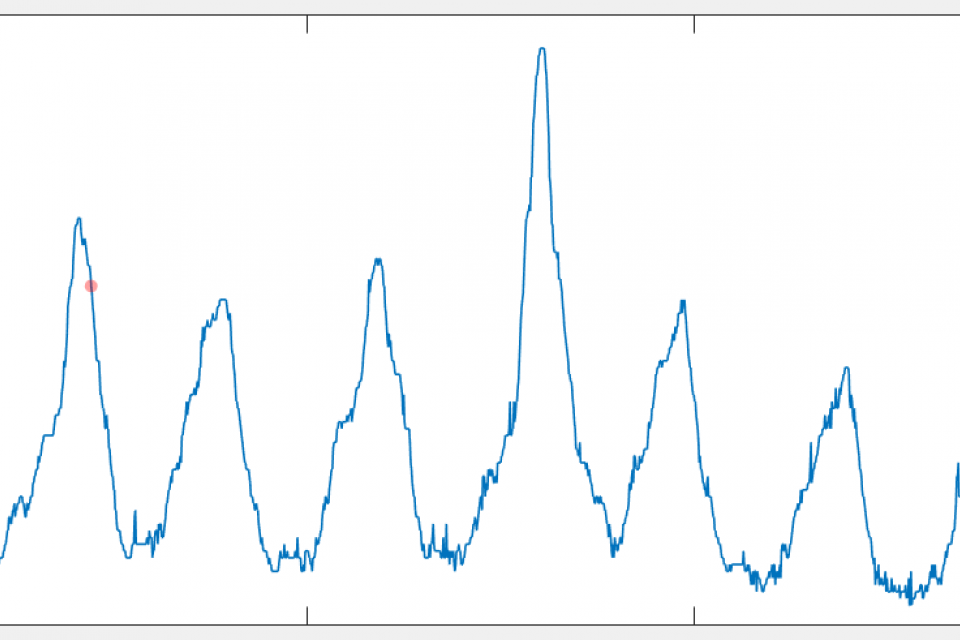Datasets
Standard Dataset
Breathing data from a piezoresistive breathing sensor
- Citation Author(s):
- Submitted by:
- Raul Igual
- Last updated:
- Fri, 10/25/2019 - 13:50
- DOI:
- 10.21227/zcqc-3h94
- Data Format:
- License:
 1626 Views
1626 Views- Categories:
- Keywords:
Abstract
A new wearable sensing system of respiration rate based on a piezoresistive FlexiForce sensor has been developed. The 3D casing of the system has been designed and printed with a 3D printer. The design of the casing has a direct impact on sensor accuracy. The casing was designed to house all elements of the sensing system in a compact way: microcontroller, battery, conditioning circuit, Bluetooth module and battery charger. The sensing system was validated with twenty-one subjects using a metronome as a reference. The sensor was worn in the chest at the level of the diaphragm through a chest strap. Six different values of breaths per minute (BPM) were assessed: 10, 12.5, 15, 17.5, 20 and 22.5 BPM. Subjects were requested to perform one full minute of breathing for each reference value at the rhythm of the metronome, for five different activities (sitting, sitting and moving, standing, standing and moving, and walking). This dataset includes the raw voltage signals recorded during the validation experiments (ADC readings expressed on bits). It is organized in twenty-one folders (1 per subject). Each folder contains thirty different text files (six reference values for each of the five positions). In total, this dataset comprises 630 files of breathing signals.
Instructions:
-Please, read the abstract first.
-This dataset consists of 21 folders (1 per subject).
-Each folder comprises 30 files (1 per reference value: 10, 12.5, 15, 17.5, 20 and 22.5 breaths/min, and this for each one of the 5 positions).
-The title of the files is the reference value in breaths per minute and the activity performed. Data included in the files were recorded with subjects breathing at those respiration rates while performing that activity.
-Data are presented in a single column.
-The data units are the output of the ADC (Analog to Digital Converter) directly (raw sensor signals were recorded).
-The sampling frequency of the system is 50 Hz. Therefore, the time of each sample can be easily obtained.
More from this Author
Documentation
| Attachment | Size |
|---|---|
| 865 bytes |








Comments
interesting
Thanks for share data